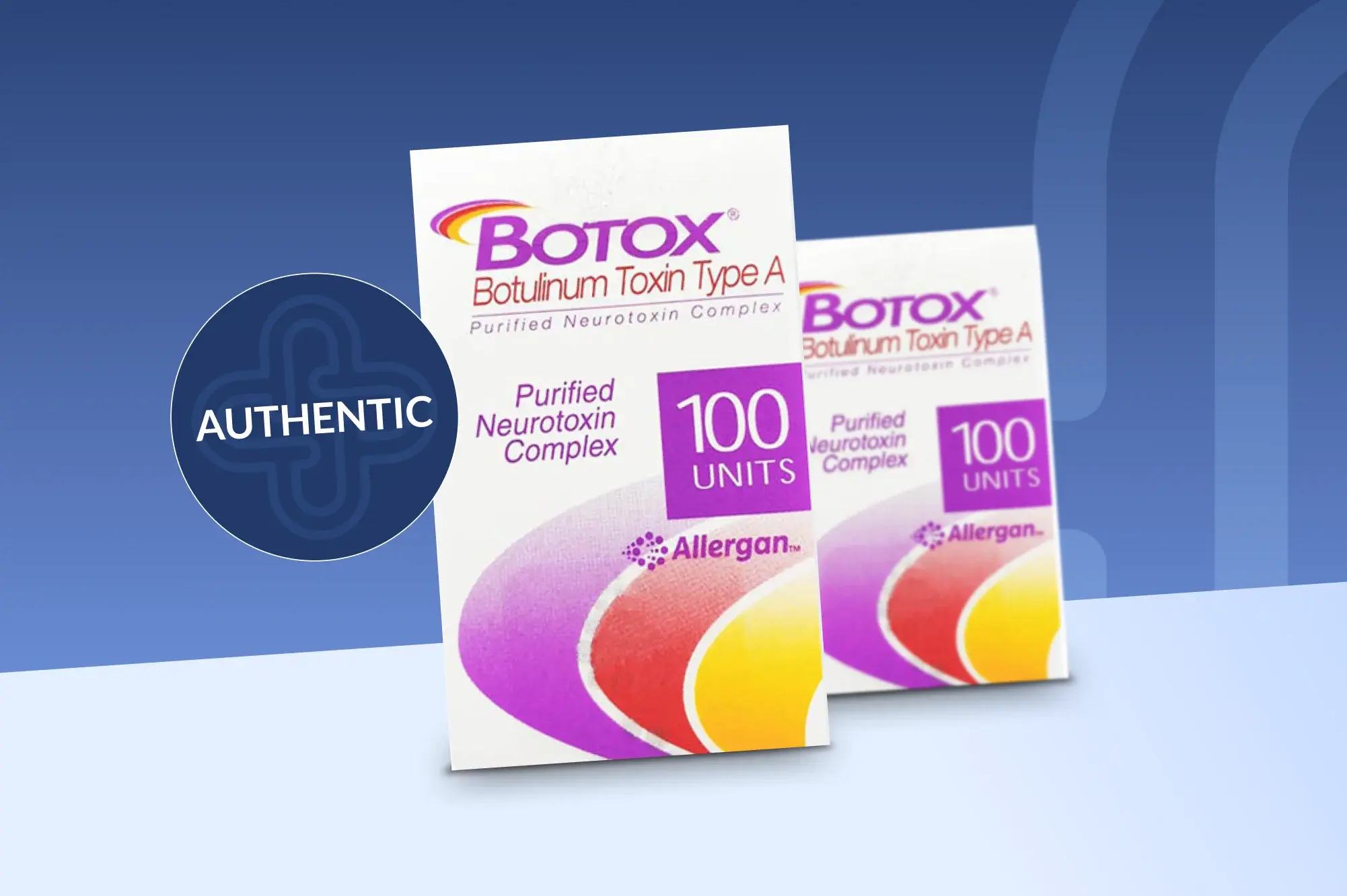Botulinum toxin is a therapy with many indications, including anal fissure. It was first established as a viable therapy for anal fissure in 1992 and has emerged as one of the leading alternatives to surgery for anal fissure treatment. Read more to find out more about the benefits that Botox therapy can bring to patients suffering from this painful condition.
Chronic anal fissure: pathogenesis, signs and symptoms
Anal fissure refers to the condition where a split or tear occurs in the distal anal canal that extends from the anal verge towards the dente line. Most anal fissures occur posteriorly and are thought to be the result of severe constipation or from straining, where the hard feces may injure the anal canal. Chronic anal fissure, where the condition is not self-limiting and continuous, stems from a vicious cycle of inflammation, pain, and tissue ischemia; and can be identified as a well-defined ulcer. How chronic anal fissure is caused, develops and progresses is still unclear. However, spasm of the internal anal sphincter is known to play a key role in the pathogenesis of the condition.
Patients with anal fissures typically present with bright red rectal bleeding and prolonged severe pain after defecation. Burning sensations and “leaking” are symptoms also commonly associated with this condition, and the pain usually provokes constipation.
How does Botox treat chronic anal fissure?
Prior to Botox, the conventional therapy was with surgical sphincterotomy, which was conducted as a means of alleviating the symptoms and promote healing. In a surgical lateral sphincterotomy, the internal sphincter is cut or stretched in order to relax the muscle and prevent spasms. This method is considered the gold standard in chronic anal fissure care, but has its disadvantages, including the risk of permanent complications such as anal deformity and incontinence. Due to these disadvantages, there was a growing need for alternative therapeutic approaches that accomplishes the same as surgery, but in a temporary and reversible manner. Thus, attention was poured towards pharmacological means of stopping anal sphincter spasm. From this research, two viable modalities emerged: topical application of nitroglycerin ointments, and administration of botulinum toxin into the muscle of the anal sphincter. The latter will be discussed in further detail here.
Botox acts on striated muscle, stopping the release of the neurotransmitter acetylcholine into the synaptic gap, causing local chemical denervation. This mechanism of action enables the toxin to relax smooth muscle in the gastrointestinal tract, thus disrupting negative feedback loop associated with the development of chronic anal fissure. Due to this, Botox does not just treat the symptoms the toxin stops the pathogenic mechanisms involved in chronic fissure, preventing further progression and enables healing to start.
Treatment process
Treatment is performed by injecting the internal anal sphincter with Botox diluted in saline to a concentration of 50 units/ml. The anal sphincter is easily palpated and injected with a 27G needle. A typical dose is about 2.5–5.0 U (0.1–0.2ml) Botox for each injection site. Injections are made close to each side of the fissure, about 1cm into the external anal sphincter. Deeper injections increase the likelihood of incontinence due to the diffusion of Botox into the puborectalis muscle. Typically, these injections are administered without sedation or local anesthesia.
After treatment, onset of the effects of Botox will usually take place within a few days, with patients seeing a pain reduction within the first two days. Peak effects usually occur after 4–7 days and will last approximately four weeks before gradually dissipating. The beneficial effects of Botox are expected to last several months, depending on a variety of factors including the injected dose.
Is Botox safe for treating anal fissures?
The adverse event profile of Botox for this indication are minimal and limited. One major side effect that may occur is anal incontinence. Risk of anal incontinence occurring increases in patients with low baseline tonus and in women who have given birth or who are elderly. Josh and Schrank found instances of self-limited incontinence for gas in 12% of patients and fecal incontinence (soiling) in 7% of patients studied. However, no cases of incontinence of solid stools or local hematomas were ever observed.
Instances of relapsing and experiencing an insufficient initial response are both possible to treat with repeated injections. Jost (2002) was able to determine that repeated Botox injections helped to provide a higher level of pain relief to those patients who were presenting with relapse, after the initial Botox injection was completed. 70% of the fissures appearing in patients who received re-treatment after relapse, went on to a complete resolution and were still presenting as healed, at the time of inspection after three months had passed. Furthermore, the majority of patients who had failed to achieve an adequate response to initial Botox treatment, experienced analgesic effects within 1 week following the second injection.
Conclusion
Pharmacological means of treating chronic anal fissure has been extensively studied as a viable alternative to surgical therapy, and numerous clinical trials have shown that Botox is effective and safe. Botox treatment is now standard treatment of chronic anal fissures in many hospitals, with many practitioners advocating this therapy to be a first-line treatment that should be offered before considering surgical options.








